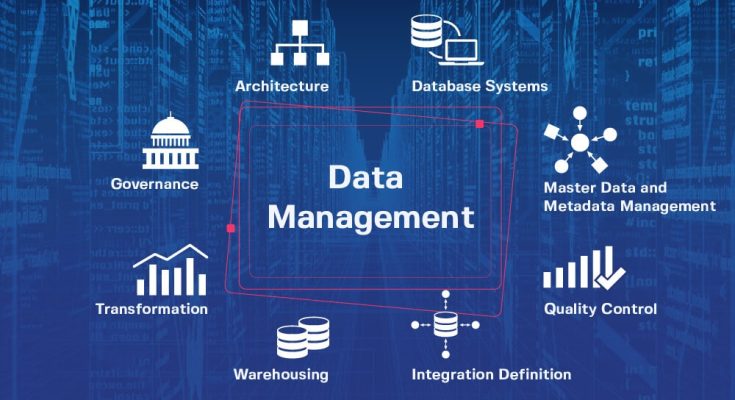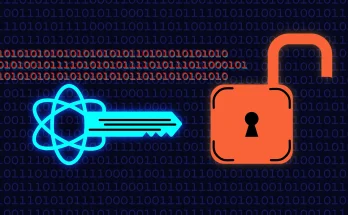JAKARTA, cssmayo.com – In an age where data is often referred to as the new oil, effective data management strategies are essential for anyone looking to harness the power of information. Throughout my personal tech journey, I have learned valuable lessons about organizing data efficiently and leveraging technology to improve productivity and decision-making. In this article, I will share my insights and strategies for effective data management.
Understanding Data Management

Data management encompasses the practices, processes, and technologies used to collect, store, organize, and utilize data. It is crucial for ensuring that information is accurate, accessible, and secure. Effective data management strategies can help organizations and individuals make better decisions, enhance collaboration, and improve overall efficiency.
The Importance of Effective Data Management
- Improved Decision-Making: Well-organized data enables informed decision-making by providing accurate and timely information.
- Increased Efficiency: Streamlined data management processes save time and reduce the risk of errors, allowing for more focus on core tasks.
- Enhanced Collaboration: Properly organized data facilitates collaboration among team members by ensuring that everyone has access to the information they need.
- Data Security: Effective data management strategies help protect sensitive information from unauthorized access and breaches.
My Personal Tech Journey
1. Recognizing the Need for Organization
My journey into effective data management began when I realized that my personal and professional data was becoming increasingly disorganized. Important documents, notes, and files were scattered across various platforms, making it difficult to find what I needed when I needed it.
Experience Highlight: I spent hours searching for a crucial report for a meeting, only to find it buried in an old email. This experience prompted me to rethink my approach to data organization.
2. Implementing Cloud Storage Solutions
To address my data chaos, I turned to cloud storage solutions like Google Drive and Dropbox. These platforms allowed me to centralize my files, making them accessible from any device. I learned the importance of organizing files into clearly labeled folders and subfolders.
Experience Highlight: By creating a folder structure based on projects and categories, I significantly reduced the time spent searching for documents.
3. Utilizing Project Management Tools
As my projects grew in complexity, I recognized the need for a more structured approach to managing tasks and deadlines. I began using project management tools like Trello and Asana to keep track of tasks, assign responsibilities, and monitor progress.
Experience Highlight: Implementing these tools transformed my workflow. I could visualize project timelines and collaborate with team members more effectively, leading to improved productivity.
4. Embracing Automation
To further enhance my data management strategies, I explored automation tools such as Zapier and IFTTT. These tools allowed me to automate repetitive tasks, such as transferring data between applications and sending reminders.
Experience Highlight: By automating data entry and notifications, I freed up valuable time to focus on more strategic tasks, reducing the risk of human error.
5. Prioritizing Data Security
With the increasing amount of sensitive information I was managing, I recognized the importance of data security. I implemented encryption tools and two-factor authentication to protect my accounts and data.
Experience Highlight: Attending a workshop on data privacy and security reinforced my commitment to safeguarding my information, leading to better practices in data handling.
Key Data Management Strategies
Based on my journey, here are some effective data management strategies that can help you organize information effectively:
1. Develop a Clear Structure
Create a logical folder structure that categorizes your data based on projects, topics, or departments. This clarity will make it easier to locate and retrieve information.
2. Use Descriptive Naming Conventions
Adopt consistent and descriptive naming conventions for files and documents. This practice helps in quickly identifying the content without needing to open each file.
3. Regularly Review and Clean Up Data
Schedule regular reviews of your data to remove outdated or irrelevant information. This helps maintain an organized system and ensures that you are only working with the most relevant data.
4. Leverage Technology
Utilize data management tools and software that suit your needs. From cloud storage to project management applications, the right technology can streamline your processes.
5. Implement Security Measures
Prioritize data security by using encryption, strong passwords, and two-factor authentication. This protects sensitive information from unauthorized access and potential breaches.
Conclusion: My Ongoing Journey in Data Management
My personal tech journey has taught me the importance of effective data management strategies in organizing information efficiently. By leveraging technology and adopting best practices, I have transformed my data handling processes, leading to improved productivity and decision-making.
As data continues to grow in volume and complexity, embracing effective data management will be essential for individuals and organizations alike. I encourage you to explore these strategies and tools to enhance your own data management practices, paving the way for a more organized and efficient future.
Elevate Your Competence: Uncover Our Insights on Techno
Read Our Most Recent Article About Tech for Accessibility!




